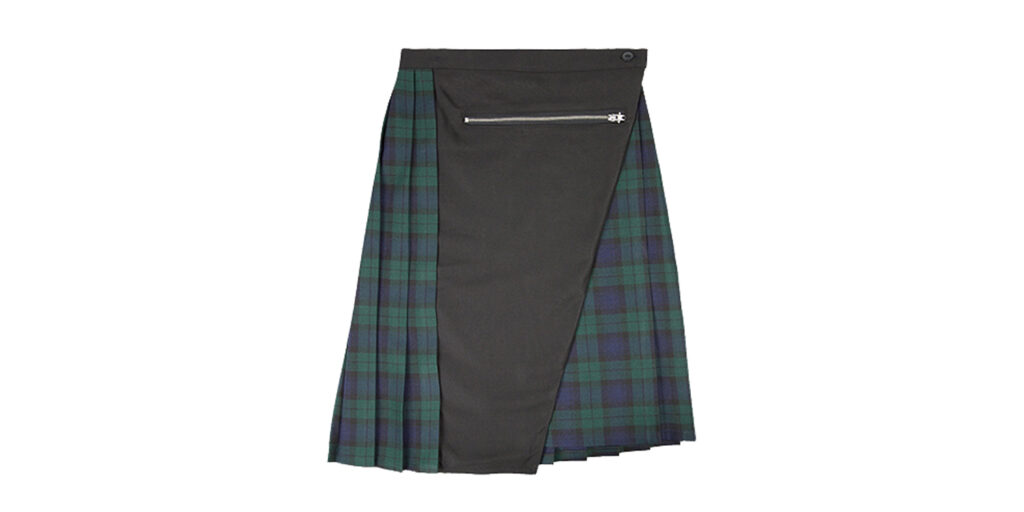Menu
Close
- All Gender Footwear
All Gender Footwear
-
New inNew in
-
Original CreepersOriginal Creepers
-
Original Steel CapsOriginal Steel Caps
-
Original Winklepickers & PikesOriginal Winklepickers & Pikes
-
Vegan FriendlyVegan Friendly
-
Original Creepers Made in the U.K.Original Creepers Made in the U.K.
-
Platform HeelsPlatform Heels
Curated Searches
-
RockabillyRockabilly
-
OG Original GothOG Original Goth
-
Punk ClassicsPunk Classics
-
Teddy Boys & GirlsTeddy Boys & Girls
-
Uniform Leather BootsUniform Leather Boots
-
External Steel Cap Boots & ShoesExternal Steel Cap Boots & Shoes
-
Cherry Leather BootsCherry Leather Boots
-
Manchester 81Manchester 81
-
Animal PrintAnimal Print
-
Authentic TartanAuthentic Tartan
-
Mary Jane ShoesMary Jane Shoes
-
Chelsea BootsChelsea Boots
Collaborations
-
Inkee WangInkee Wang
-
Solene LescouetSolene Lescouet
-
The Folklore Creeper - Ben EdgeThe Folklore Creeper - Ben Edge
Outlet
-
OutletOutlet
-
- Custom Made
- Clothing & Accessories
Clothing
-
T-Shirts & SweatshirtsT-Shirts & Sweatshirts
-
Tartan SkirtsTartan Skirts
-
HeadwearHeadwear
Accessories
-
Belts / Wristbands / Neckbands & ChokersBelts / Wristbands / Neckbands & Chokers
-
JewelleryJewellery
-
PadlocksPadlocks
-
Enamel Pin BadgesEnamel Pin Badges
-
Button BadgesButton Badges
Gift Card
-
Gift CardGift Card
-
- Explore
-
Hong Kong Pop-up StoreHong Kong Pop-up Store
-
Our Brand ValuesOur Brand Values
-
Soundwave - BandsSoundwave - Bands
-
Soundwave - InterviewsSoundwave - Interviews
-
Soundwave - SessionsSoundwave - Sessions
-
- All Gender Footwear
All Gender Footwear
-
New inNew in
-
Original CreepersOriginal Creepers
-
Original Steel CapsOriginal Steel Caps
-
Original Winklepickers & PikesOriginal Winklepickers & Pikes
-
Vegan FriendlyVegan Friendly
-
Original Creepers Made in the U.K.Original Creepers Made in the U.K.
-
Platform HeelsPlatform Heels
Curated Searches
-
RockabillyRockabilly
-
OG Original GothOG Original Goth
-
Punk ClassicsPunk Classics
-
Teddy Boys & GirlsTeddy Boys & Girls
-
Uniform Leather BootsUniform Leather Boots
-
External Steel Cap Boots & ShoesExternal Steel Cap Boots & Shoes
-
Cherry Leather BootsCherry Leather Boots
-
Manchester 81Manchester 81
-
Animal PrintAnimal Print
-
Authentic TartanAuthentic Tartan
-
Mary Jane ShoesMary Jane Shoes
-
Chelsea BootsChelsea Boots
Collaborations
-
Inkee WangInkee Wang
-
Solene LescouetSolene Lescouet
-
The Folklore Creeper - Ben EdgeThe Folklore Creeper - Ben Edge
Outlet
-
OutletOutlet
-
- Custom Made
- Clothing & Accessories
Clothing
-
T-Shirts & SweatshirtsT-Shirts & Sweatshirts
-
Tartan SkirtsTartan Skirts
-
HeadwearHeadwear
Accessories
-
Belts / Wristbands / Neckbands & ChokersBelts / Wristbands / Neckbands & Chokers
-
JewelleryJewellery
-
PadlocksPadlocks
-
Enamel Pin BadgesEnamel Pin Badges
-
Button BadgesButton Badges
Gift Card
-
Gift CardGift Card
-
- Explore
-
Hong Kong Pop-up StoreHong Kong Pop-up Store
-
Our Brand ValuesOur Brand Values
-
Soundwave - BandsSoundwave - Bands
-
Soundwave - InterviewsSoundwave - Interviews
-
Soundwave - SessionsSoundwave - Sessions
-





















